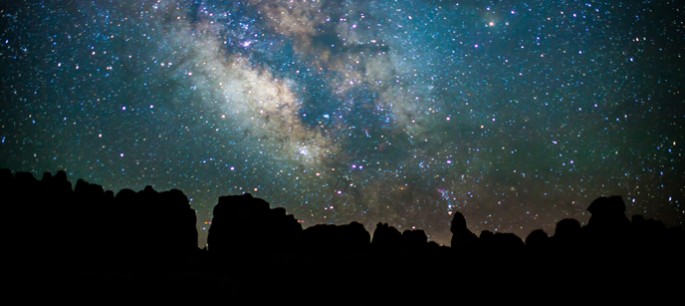A new study reveals how looking above the naturally dark sky at night that is not tinged with artificial light pollution, can significantly increase the enjoyment of national parks.
According to Bob Manning from the Park Studies Laboratory of the University of Vermont, many are now becoming conscious about the disappearing night skies across the United States. This somehow becomes a paradox as people only start to notice something when they are beginning to disappear.
Scientists now estimate that 99 percent of the skies on Earth are polluted with artificial light where 15 years ago, two thirds of Americans can no longer view the Milky Way from their backyards.
Now, the National Park Service along with its Natural Sounds and Night Sky Division has been working for almost 10 years to improve acoustical and visual dark night sky environments across the National Park System where Manning and his team also aims to help parks.
In order to help national parks provide a better experience for viewing naturally dark skies for visitors, Manning and his team conducted two surveys at Acadia National Park in Maine. The first survey was designed to determine the crucial role of the night sky view of stars to park visitors. The second one observed what level of light pollution inside the park that can be considered as offensive by many visitors.
The results reveal that among hundreds of participants from the surveys, they agreed very strongly that the night sky is crucial for them during a visit in Acadia where they consider the park as a very good place to enjoy the night sky and the Milky Way, improving their overall park experience.
However, seeing man made light sources like headlights, street lights and city lights had a negative effect on the park experience.
The second survey involves showing survey participants a poster of eight different night sky views at the Acadia National Park with various light pollution levels. The most pristine shows that naturally dark skies reveal the Milky Way clearly and the most polluted shows only the moon and a few bright stars.
The sixth most polluted level where the Milky Way is barely visible is the level that participants expressed as an unacceptable sky viewing experience. This new study is published in the journal, Park Science.



























